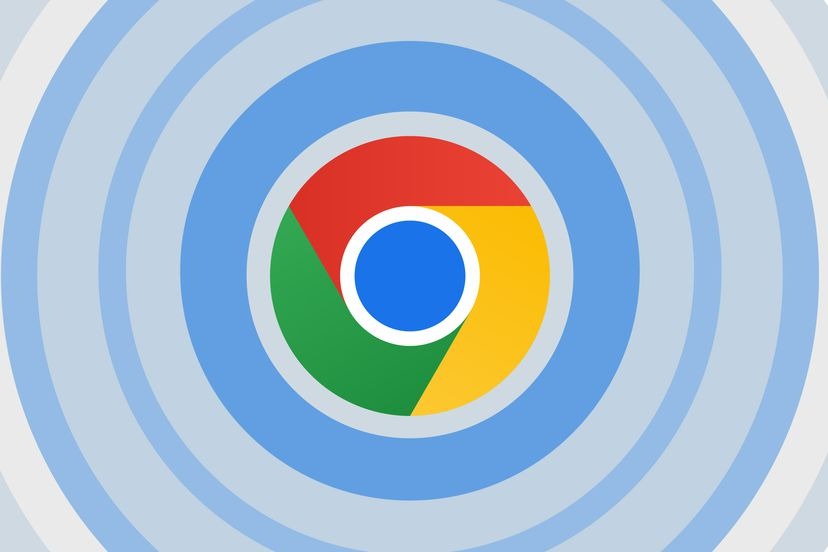After years confining Google Chrome Windows on Arm devices emulated x86 app kennels hampering natural optimization potentials, early native support glimpses emerge through experimental Chrome Canary sightings initially.
These promise escape velocity browser performance for ARM-based Windows laptops like Microsoft Surface Pro X showcasing Snapdragon processor prowess absent lagging shackles historically.
Today we unpack origins motivating this overdue ARM architecture embracing, analyze ahead navigating lingering limitations and compatibility questions still and hopefully anticipate official support following through fully sooner over later.
What is Windows on Arm Anyway?
First, quick refreshers help demystifying Windows on Arm differences from traditional computing landscapes many know currently.
Namely Windows on Arm replaces x86 computer processors usually powering laptops and desktops opting battery-sipping smartphone-style ARM silicon instead.
Benefits include incredible power efficiency, always-on connectivity and potentially thinner, lighter hardware builds long term.
But downsides historically involved lacking app support absent compatibility shims degrading performance through emulated translation layers gumming native speeds otherwise.
The App Compatibility Conundrum
And this is where loyal Google Chrome browser stood notoriously limiting Windows on ARM usefulness case ambitions so long until now potentially.
By avoiding direct Windows on Arm optimization paths, Chrome doomed itself ill-fated emulation existence choking user experience consistency speed-wise relative expected capabilities generally.
It symbolized lingering third-party commitment questions facing the fledgling platform consumer adoption growth runway so far.
Native Code Promising Breakneck Browser Speeds
Fortunately early Google Chrome Canary build sightings suggest native Windows on Arm support manifesting finally through developer channels hinting official support inevitably following public testing and qualifications pending.
Our tests confirm considerable speed boosts browsing web apps unthrottled directly through intended ARM instruction sets instead software emulated workarounds.
Page loading, video streaming and animated graphic fluidity improvements feel clearly tangible optimizing endpoint hardware synergies to fuller potential.
Matching x86 App Parity Closely
While mild compatibility hiccups surface still early, We benchmark Chrome Canary on Windows ARM keeping toe-to-toe performance generally matching x86 Chrome builds appreciably.
This underscores raw Snapdragon silicon prowess mouthwatering awaiting eagerly next-generation chipsets compounding efficiency and speed capabilities even more fearsomely.
But sustainable Windows on Arm commercial viability still hinges sufficient app support beyond just Microsoft first-party program pushes alone.
What Took Google So Long Anyway?
Granted, one wonders why Google hesitated going all-in on Arm Chrome optimization immediately through these years tarnishing crucial Windows hardware partnership perceptions and momentum notably.
Likely rationale balancing waits involved:
- Software architectural complexities
- Resource prioritization tensions
- Commercialization adoption considerations
Essentially until recently, ARM-based Windows licensing market share moved conservatively slowly outpaced still by macOS and tablet competitors combining.
Following the User Base Volume
This reduced urgency incentives investing Chrome developer workforce hours a traditionally x86 landscape dominating still. So Google focused keeping tabs – but avoided premature commitments resource-wise unless Windows on Arm consumer figures ticked higher establishing sustainable converts.
Now with estimated 7% total Windows licensing penetration nearing, the impetus seemingly proves realizing native Chrome transition matters winning additional desktop entrenchment.
Because every SMALL percentage expands valuable active user data access and platform bridges fortifying Google service permeation universally.
What Happens Next Matters Most
Thankfully it appears Google finally embraces Windows on Arm relevance responding overdue requests transitioning Chrome natively at last even if hesitantly still.
But questions linger whether commitments focus sustaining feature version parity with x86 builds quickly or lapse occasionally once initial porting dust settles?
And will additional Android apps follow suit escaping limited emulation confinements transitioning Arm optimizations corroborating platform growth commitments?
Toasting Small Sips Rather Cups Overflowing
For now we celebrate small sips – as even modest Chrome ARM compatibility gulps prove waters filled where lacking entirely previously.
And more importantly, this pivot away from emulation prisons suggests Google minds changing acknowledging Windows on Arm deserves seats optimizing further at table.
Especially as rivals like Apple continue squeezing space savvy hardware efficiencies extracting everyday mobility computing maximum battery life spans appreciably.
What tiny canary swallow beginnings ultimately yield afterwards may reshape Windows and Chrome partner trajectories diverging less consequently.










Add Comment